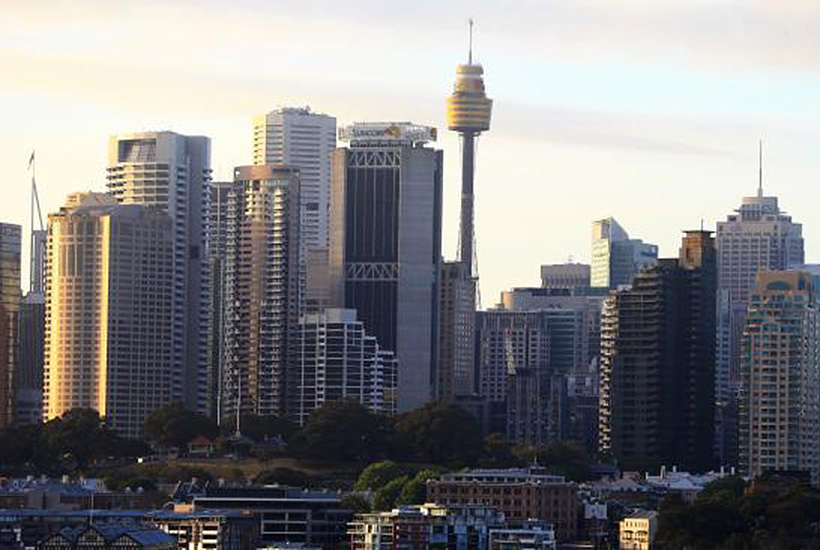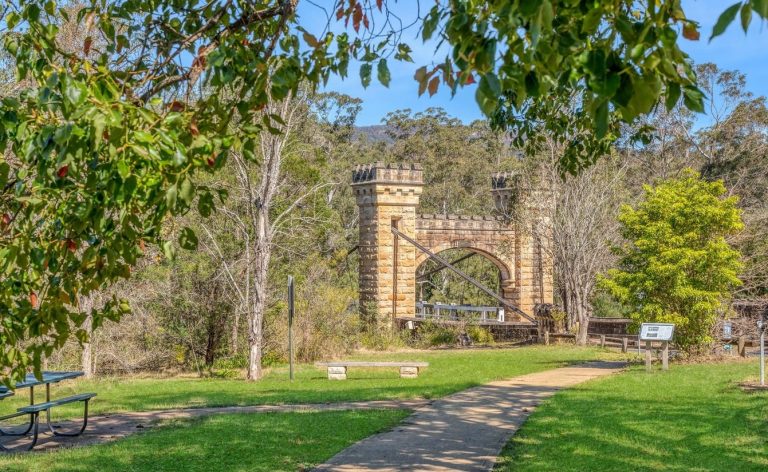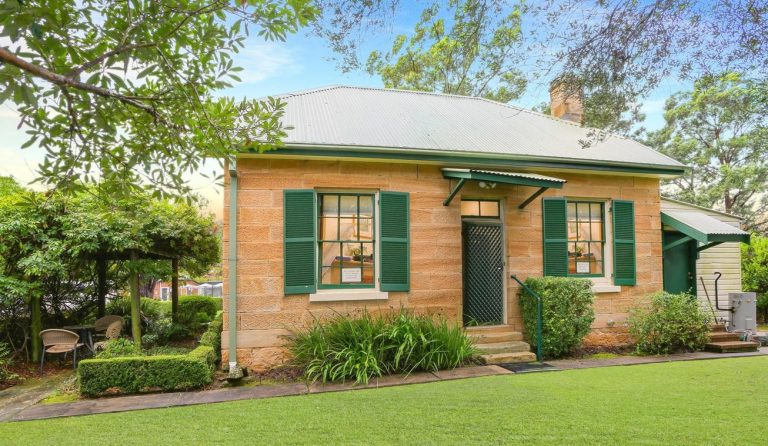Budget 2018: What it means for commercial property

Commercial property does well when jobs are created, from the need to house these extra workers (office) to the extra spending more jobs and greater incomes creates (retail).
Federal Budgets rarely have policies that directly impact commercial property, however greater investment in certain sectors this Budget, particularly medical research, as well more funding for social services such as aged care will flow through to owners and occupiers.
A continued focus on foreign investment will also potentially have some impact on values.
Office
More jobs is great news for the office sector and the budget measures to increase jobs are focused on small business. Moves to provide incentives to employ greater numbers of older workers were also a key feature that could also benefit the office sector.
In terms of sectors, the big announcement was the 21st Century Medical Industry Growth Plan, providing $1.3 billion of funding to grow medical technology and research, biotechnology and pharmaceuticals. Office markets that will be impacted include Macquarie Park in Sydney, Melbourne’s south-east and office markets around major hospitals (i.e. Parkville).
Fintech was provided a boost with the signing of the UK-Australia FinTech Bridge to assist these firms expand overseas. Given Sydney CBD’s dominance of finance occupiers, this will provide a modest boost for this sector. Funding of $20 million for the development of SME Export Hubs will also potentially have an impact on office markets.
Industrial
Infrastructure is usually a big spend item in the budget and this year was no exception with $24.5 billion announced. This includes the Coffs Harbour Bypass – good news for those moving freight from Sydney to Brisbane.
The $1 billion Urban Congestion Fund will assist in moving goods in inner areas. Freight movement should also improve with the announcement of $5.1 million over four years to the Department of Infrastructure, Regional Development and Cities.
Australia’s plan to join the space race will potentially benefit Australian industrial with $26 million to establish a national space agency, although it could potentially be more beneficial for the office sector. Other high tech initiatives include $29.9 million to grow Australia’s capabilities in artificial intelligence, again either an industrial or office beneficiary.
Retail
Income tax cuts are great news for the retail sector and were a key feature of this year’s voter-friendly budget. The other factor that means more money to spend on retail is the National Energy Guarantee, which is estimated to save Australian households on average $400 per year. Businesses that sell to small business will benefit from the extension of the Instant Asset Write Off, provided to small business for expenditure items up to $20,000.
Aged care
The announcement of $1.6 billion to support 14,000 additional home care packages is likely to have an impact on demand for aged care facilities. More funding, however, was provided to improve access to aged care services in rural, regional and remote areas, which will likely benefit facilities in these areas.
Rural and agribusiness
Australian agriculture and food manufacturing continue to be growth areas for the Australian economy.
Total agricultural exports increased by 27% over the past four years. Continued focus on growing this was in this year’s budget with $51.3 million to expand the network of agricultural trade consultants.
Funding for better GPS technology is also aimed at providing the sector with precision agricultural technologies. In addition to these, more spending on biosecurity and water infrastructure was provided.
Tourism
The main tourist destination benefitting from the budget was the Great Barrier Reef, with the Government investing $500 million to ensure the reef has a future. For towns that rely on this for tourism, it is good news not just for hotels and accommodation but also retailers.
Development Sites
This year’s budget was light on when it comes to housing, with affordable housing being the main focus. One aspect that will have some impact on developers land banking is a focus on denying deductions for vacant land, which is expected to raise $50 million over the next five years.
Foreign investment in commercial property
Foreign investment in commercial property has seen a drop over the past 12 months, driven by a pull back from investors from China.
Further tightening on concessions for foreign investors is expected to raise $400 million over the next five years and is likely to lead to some investors withdrawing from the Australian market.
– Nerida Conisbee is the chief economist for REA Group







